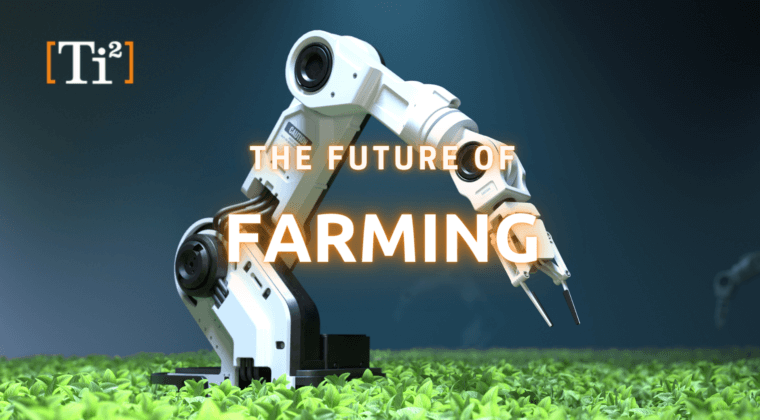
Technological innovation is not simply spreading to clever cities, smart buildings, or new hybrid work models; robots also are revolutionizing agriculture with AI, self-reliant tractors, sensors that monitor plants in actual time, drones, or fruit and vegetable-harvesting robots.
In Australia, innovators have simply provided the country’s first completely computerized farm.
It cost $20 million to install, according to ABC News.
Conducted by researchers at Charles Sturt University in Wagga Wagga, a partnership between AU and the Food Agility Cooperative Research Centre, the mission ought to see farmers sat behind the monitors while the robots do their job.
The computerized farm spans 1,900 hectares and will set a precedent for what robotics and AI should provide for “hands-free” farming.
Among the tech at the farm are drones, robotic tractors, harvesters, and smart sensors to measure, for example, carbon emissions launched into the atmosphere.
The hope is that AI will enhance decision-making in planting, conditioning, and harvesting.
“It won’t be long before technology takes farmers out of the field and immerses them in the world of robotics, automation, and artificial intelligence. Full automation is not a distant concept; there are already mines in the Pilbara operated entirely in this way.” – Food Agility CEO Richard Norton
The researchers may also install a hi-end cyber secure surroundings to cope with rising cybersecurity dangers in food production.
Sensors will measure interactions among plants, soils, and animals — and together, robots, AI, and algorithms may be capable to establish evidence-based food sustainability practices and models.
The farm is already running at a industrial level, and early trials will be running at night time while farmers are resting.
This smart farm is not the most effective invention in food production: vertical farms save spaces in cities. It also lessen the greenhouse gas emission.
Article inspired from INSIDER.
For automation software offered by Ti2, please click here.
